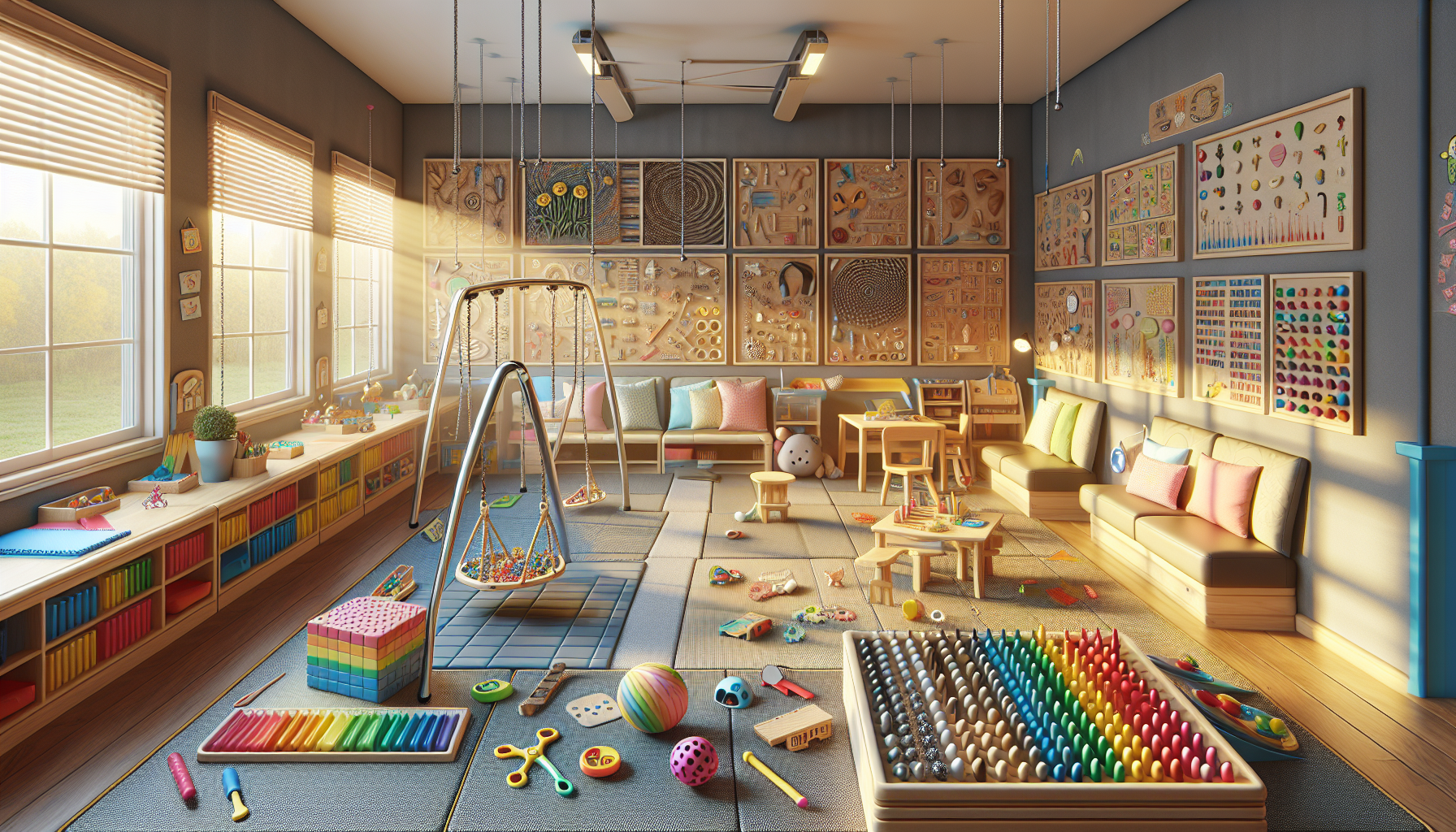Sensory health is an essential aspect of overall well-being, yet it often goes unnoticed until a problem arises. It encompasses the ability of the body’s sensory systems—such as vision, hearing, touch, taste, smell, balance, and body awareness—to process and respond to the environment. Sensory health education is crucial in promoting understanding and proactive management of sensory health. This article delves into innovative strategies for enhancing sensory health education and integrating it into various aspects of life.
Understanding Sensory Health
Before exploring educational strategies, it is important to grasp the concept of sensory health. Sensory processing is the mechanism through which the nervous system receives messages from the senses and turns them into appropriate motor and behavioral responses. When this process is disrupted, it can result in sensory processing disorders (SPDs), adversely affecting an individual’s ability to interact with their environment effectively.
For more in-depth information about sensory health, Avix Health provides a dedicated section, offering resources to better understand and manage sensory health concerns.
Adaptive Learning Environments
Creating adaptive learning environments is fundamental for students with sensory sensitivities. These environments accommodate various learning styles and sensory preferences, contributing to better educational outcomes. Classrooms can be equipped with noise-canceling headphones, fidget tools, and seating options that allow movement, all serving to minimize distractions and enhance focus. The concept of Creating Adaptive Classrooms for Sensory-Sensitive Students provides a framework for educators to tailor their teaching methods to support all learners.
Sensory Integration Therapy
Sensory Integration Therapy (SIT) is a therapeutic approach that helps people with SPDs. It involves various activities that challenge the vestibular, proprioceptive, and tactile systems, aiming to improve the brain’s ability to process sensory information. Therapists use playful, individualized interventions to enhance sensory integration. The benefits of this therapy extend beyond childhood, with Advances in Sensory Integration Therapy for Adults with Autism highlighting its significance across the lifespan.
Sensory-Friendly Design
From classrooms to public spaces, sensory-friendly design is gaining traction. This involves creating spaces that reduce sensory overload and cater to those with sensory sensitivities. Features such as soft lighting, quiet zones, and textured materials can make environments more comfortable for everyone. For instance, designing Sensory Inclusive Playgrounds encourages play and learning in a setting that considers the diverse sensory needs of children.
Technology and Sensory Health
In the digital age, technology plays a pivotal role in sensory health education. Apps and software that offer customisable sensory experiences can be particularly beneficial. Moreover, virtual reality (VR) and augmented reality (AR) are emerging as powerful tools for sensory therapy, allowing individuals to engage with sensory stimuli in a controlled, therapeutic manner. High-quality resources that delve into the impact of digital environments on sensory processing, such as academic research papers or specialized sensory health tech company blogs, can provide further insight into these advancements.
Nature and Sensory Well-being
The impact of nature on sensory well-being cannot be understated. Exposure to natural environments has been shown to have a calming effect on the sensory system. Activities such as gardening, hiking, or simply spending time in green spaces can be therapeutic. The link between nature and sensory health is explored in detail in the article The Impact of Nature on Sensory Well-being, which discusses how natural settings can promote sensory balance.
Parental Education
Educating parents about sensory health is vital, as early detection and intervention can significantly improve outcomes for children with sensory challenges. Resources that provide guidance on sensory health education for parents can be found in specialized parenting blogs or through organizations that support families dealing with SPDs. Exploring Sensory Health Education for Parents is an excellent starting point for caregivers looking to understand and support their children’s sensory needs.
Sensory Processing and Mental Health
The connection between sensory processing and mental health, particularly in adolescents, is an area of growing interest. Understanding how sensory input affects emotional and cognitive function can inform strategies for mental health support. Resources such as peer-reviewed journals on adolescent psychology or mental health platforms with a focus on sensory processing can offer valuable information on this topic.
Workplace Productivity and Sensory Health
Sensory-friendly solutions can also enhance workplace productivity. Simple changes like providing headphones, creating quiet work areas, or allowing personalized workspace customization can make a significant difference. For further reading, the article Sensory-Friendly Solutions for Workplace Productivity provides insights into creating conducive work environments for all sensory preferences.
Final Thoughts
Sensory health education is a dynamic field that necessitates innovative approaches to meet the diverse needs of individuals. By incorporating adaptive learning environments, embracing sensory-friendly design, leveraging technology, and promoting nature’s role in sensory well-being, we can foster environments that support sensory health. Moreover, educating parents and understanding the interplay between sensory processing and mental health are critical elements in raising awareness and developing effective interventions.
As we continue to explore and integrate these strategies, the ultimate goal is to create a society that is inclusive and supportive of all sensory needs, leading to improved quality of life and well-being for individuals with sensory processing differences.



